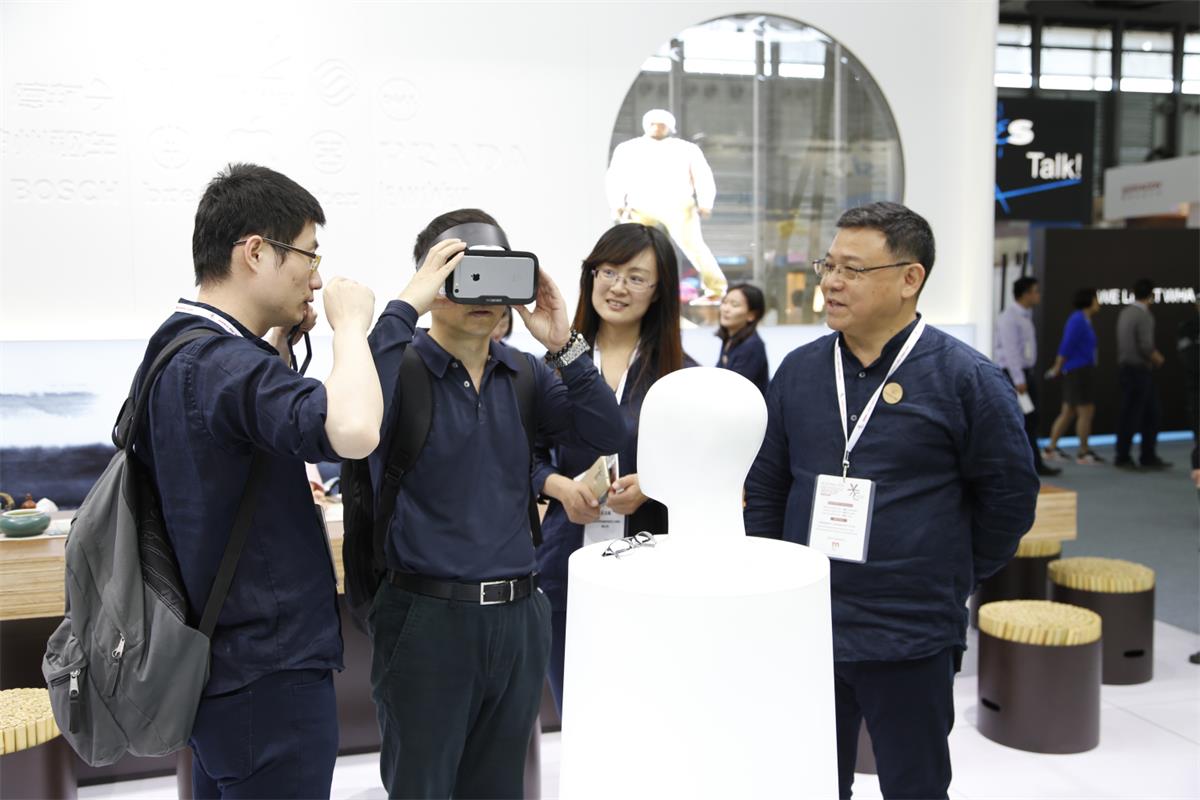Aug . 12, 2024 09:36 Back to list
Exploring the Benefits of Layered Visual Presentations for Enhanced User Engagement and Clarity
The Rise of Tiered Display Transforming Retail Experiences
In the rapidly evolving landscape of retail, businesses are constantly seeking innovative ways to enhance customer experiences and maximize sales potential. One such trend that has gained significant traction is the concept of tiered display. This visual merchandising technique is not just about how products are presented; it encompasses a strategic approach to attract attention, encourage purchases, and create a memorable shopping environment.
At its core, tiered display involves arranging products in a multi-level format, often using shelves, stands, or platforms to create visual interest. This method utilizes height and depth to draw customers in, allowing them to easily see and access a variety of items. For instance, placing best-selling products at eye level while using lower shelves for supplementary or seasonal items not only organizes the space effectively but also guides customer flow through the store.
One of the primary advantages of tiered display is its ability to enhance product visibility. In a retail setting, where countless items compete for a shopper’s attention, creating a clear hierarchy can make all the difference. Products that are strategically placed at different heights can stand out more than those arranged flat on a single plane. This visual elevation can entice customers to engage with items they might have overlooked otherwise.
Moreover, tiered displays can be tailored to various promotional themes or seasonal events. For example, during the holiday season, a retailer might create a festive tiered display featuring popular gift items, enticing customers with an array of choices. A well-curated display can evoke emotions and signal to customers that they are part of a unique shopping experience. By adapting displays to align with specific campaigns or seasons, retailers can create a sense of urgency and excitement, encouraging shoppers to make impulse buys.
tiered display

Another significant benefit of tiered displays is the opportunity for storytelling. Retailers can use this technique to craft narratives around their products. For instance, a beauty store could design a tiered display that tells the story of a skincare routine, showcasing different products at varying levels that guide customers through the regimen. This approach not only helps in selling products but also educates consumers, making them more likely to purchase complementary items.
In addition to product engagement, tiered displays can effectively influence customer behavior. Research indicates that consumers are more likely to purchase items that are easy to reach and visible. By strategically placing high-margin products or new arrivals on the top levels of a display, retailers can nudge customers toward making premium purchases. Furthermore, integrating signage and promotional materials into tiered displays can reinforce messages and call-to-action prompts, enhancing overall selling effectiveness.
However, it is essential to strike a balance with tiered displays. While they can greatly enhance product visibility, overcrowding a display can have the opposite effect, overwhelming customers and diluting the intended message. Therefore, careful consideration should be given to size, color coordination, and the variety of products included. A well-executed tiered display should feel inviting and organized while still encouraging exploration.
In conclusion, tiered display is a powerful merchandising technique that can transform retail environments by enhancing product visibility, storytelling, and customer engagement. As the retail landscape continues to evolve, embracing innovative display strategies like tiered structures will be crucial for businesses aiming to stand out in a crowded market. By leveraging the potential of tiered displays, retailers can create dynamic shopping experiences that not only attract customers but also drive sales, fostering loyalty and repeat visits.
-
Retail Display Fixtures: Maximizing Sales & Sustainability in Modern Retail
NewsNov.25,2025
-
Discover Innovative Display Fixtures for Retail and Relief | ShopDisplay
NewsNov.24,2025
-
Comprehensive Guide to Retail Store Fixtures – Trends, Benefits & Innovations
NewsNov.24,2025
-
Premium Store Display Fixtures - Durable & Sustainable Retail Solutions
NewsNov.23,2025
-
Your Expert Guide to Store Fixture Shops – Design, Sustainability & Trends
NewsNov.23,2025
-
Discover the Flexibility of Pop Up Shop Fixtures – Modular Display Solutions for Every Need
NewsNov.22,2025








